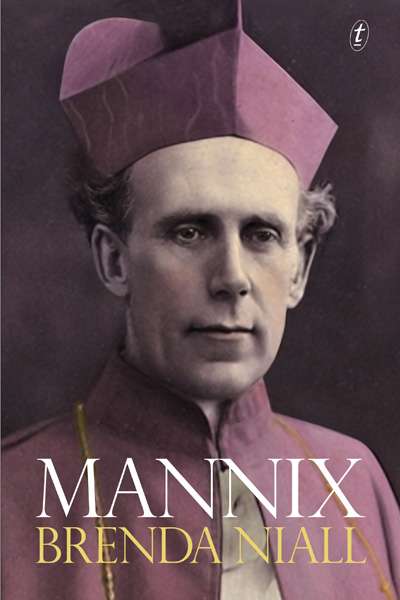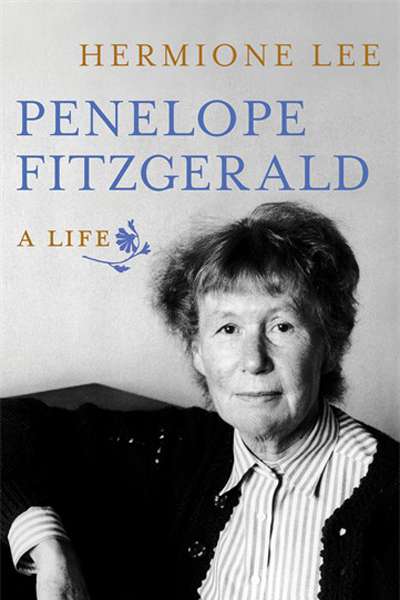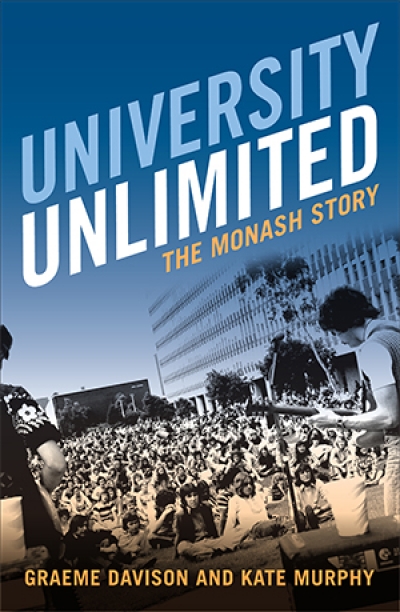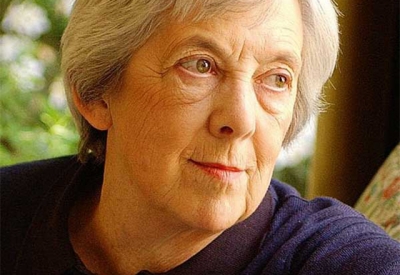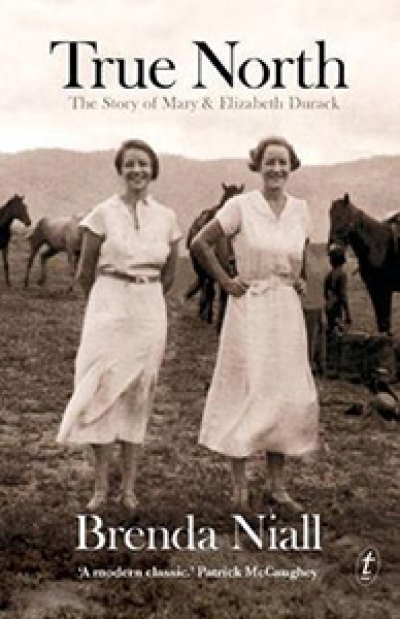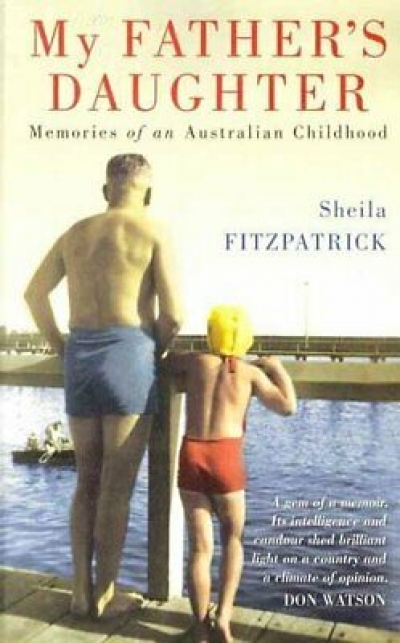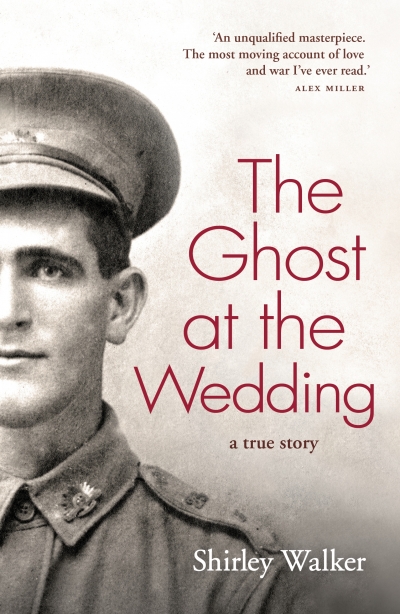Brenda Niall
It is a brilliant summer day in July 1935. The scene is a house called Green Ridges, near Hastings, Sussex. Two women, seated but not relaxed, face each other across a formal drawing room. This is the first time they have met. Nettie Palmer, Australian writer and journalist, has come to stay overnight with the novelist Henry Handel Richardson.
... (read more)University Unlimited: the Monash Story by Graeme Davison and Kate Murphy
by Brenda Niall •
Writing has always seemed an easy, natural thing to do. But it was a long time before I thought of myself as a writer rather than an academic.
... (read more)True North: The story of Mary and Elizabeth Durack by Brenda Niall
by Susan Sheridan •
My Father’s Daughter: Memories of an Australian childhood by Sheila Fitzpatrick
by Brenda Niall •
The Ghost at the Wedding: A true story by Shirley Walker
by Brenda Niall •

